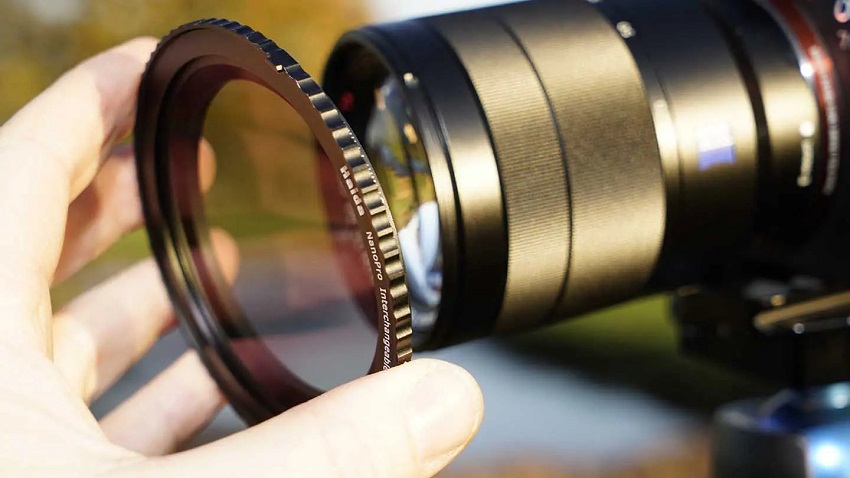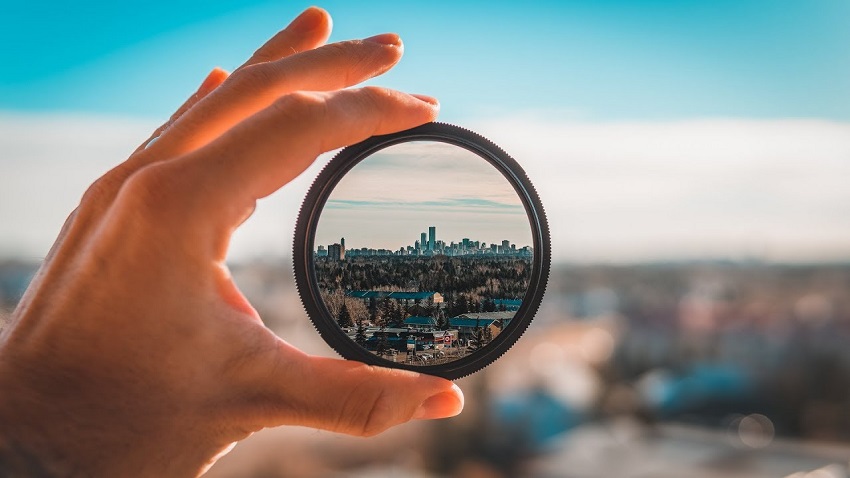If you’re an avid photographer or even someone who enjoys capturing beautiful moments with your camera, you may have heard about ND filters. These accessories are widely used in the world of photography, especially in landscape and outdoor shooting scenarios. ND filters, short for Neutral Density filters, are versatile tools that can significantly impact your photography by controlling the amount of light that enters your camera’s lens. However, there are common questions and misconceptions surrounding ND filters, particularly in relation to image quality. In this article, we’ll delve into the topic and explore whether ND filters truly affect image quality. This article is provided by magazinzoo.com
Understanding ND Filters: What Are They?
Before we explore the impact of Matte Box or ND Filters on image quality, let’s gain a clear understanding of what ND filters are and how they work. Neutral Density filters are essentially pieces of glass or resin that are designed to reduce the amount of light that enters the camera’s lens without affecting the colors or changing the hue of the image. These filters come in various strengths, denoted by their ND number (e.g., ND2, ND4, ND8, etc.), indicating how much light they block.
The Purpose of ND Filters
ND filters serve several important purposes in photography:
1. Controlling Exposure
One of the primary uses of ND filters is to control exposure. In situations where there is too much light, such as on a bright sunny day, using a lower ND number (e.g., ND2) can help reduce the amount of light reaching the camera’s sensor, preventing overexposure.
2. Achieving Longer Exposures
ND filters enable photographers to use longer exposures, which can be particularly useful in capturing motion blur in waterfalls, rivers, or clouds, creating a sense of movement and fluidity in the image.
3. Shooting Wide Apertures
Another benefit of ND filters is their ability to allow photographers to shoot wide open apertures in bright conditions. This is especially helpful for portrait photography, where a shallow depth of field is desired to isolate the subject from the background.
Do ND Filters Degrade Image Quality?
Now comes the crucial question: do ND filters actually affect image quality? The short answer is that, when you invest in a high-quality ND filter, the impact on image quality is minimal. However, it’s important to consider certain factors:
1. Optical Quality of the Filter
The optical quality of the ND filter itself plays a significant role in determining whether it will affect the image. Lower-quality filters may introduce unwanted distortions, color casts, or reduce sharpness. On the other hand, top-tier ND filters made from high-quality glass or resin with multi-coating can maintain the image’s sharpness and clarity.
2. Vignetting and Image Darkening
With some ND filters, particularly cheaper ones or when stacking multiple filters, there might be a risk of vignetting (darkening of the corners) or uneven light reduction, resulting in compromised image quality. It’s essential to use ND filters specifically designed for your camera and lens combination to avoid these issues.
3. Image Flare and Ghosting
ND filters, especially when combined with wide-angle lenses, may cause unwanted flares and ghosting in the image. Investing in filters with anti-reflective coatings can significantly reduce this problem.
Bursting the Myth: High-Quality ND Filters
To preserve image quality while using ND filters, it is crucial to invest in high-quality filters from reputable brands. These filters are designed with precision and undergo rigorous testing to ensure they maintain the image’s integrity. While high-quality ND filters may be more expensive, they are worth the investment to achieve stunning and pristine images.
In conclusion, ND filters, when of high optical quality and used correctly, do not significantly affect image quality. They are essential tools for photographers who wish to exercise creative control over their exposure settings and achieve stunning visual effects in their images. Remember to choose wisely, opt for high-quality filters, and be mindful of potential issues like vignetting, flares, and ghosting. With the right ND filter in your kit, you can elevate your photography and capture breathtaking shots in various lighting conditions.
FAQs (Frequently Asked Questions)
- Can I stack multiple ND filters for stronger light reduction?
Stacking ND filters may cause additional issues like vignetting and reduced image quality. It’s better to use a single high-quality ND filter with the desired light reduction strength.
- Do ND filters work with all camera lenses?
Yes, ND filters are compatible with various camera lenses. However, ensure you select the appropriate filter size for your specific lens or use step-up rings to adapt the filter to different lens diameters.
- Are variable ND filters a good choice?
Variable ND filters offer adjustable light reduction but can introduce image quality issues at extreme settings. It’s best to stick with fixed ND filters for optimum image quality.
- How do I clean and maintain my ND filters?
To maintain image quality, regularly clean your ND filters using a soft microfiber cloth and a lens cleaning solution. Store them in protective cases when not in use.
- Can I use software to replicate the effects of ND filters?
While software editing can achieve some effects, the natural and in-camera use of ND filters often produces more authentic and visually appealing results.



